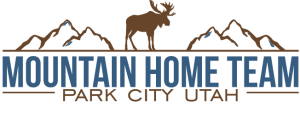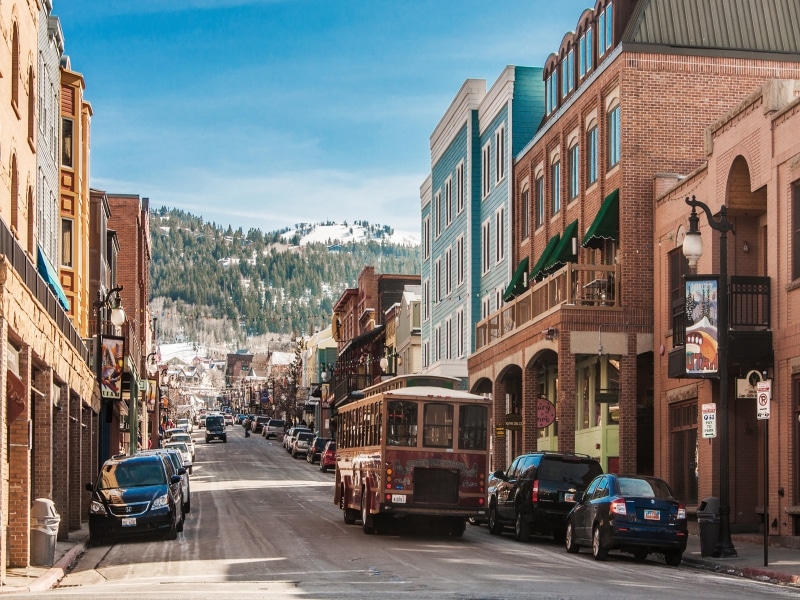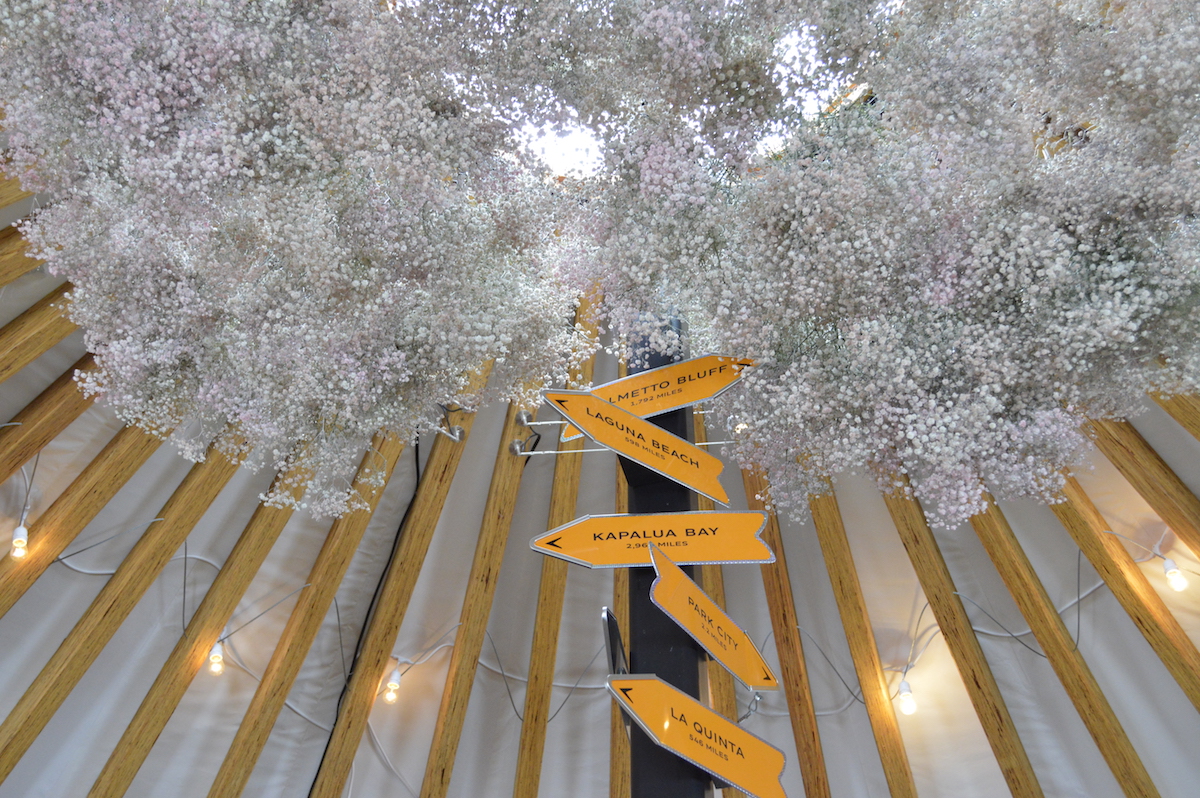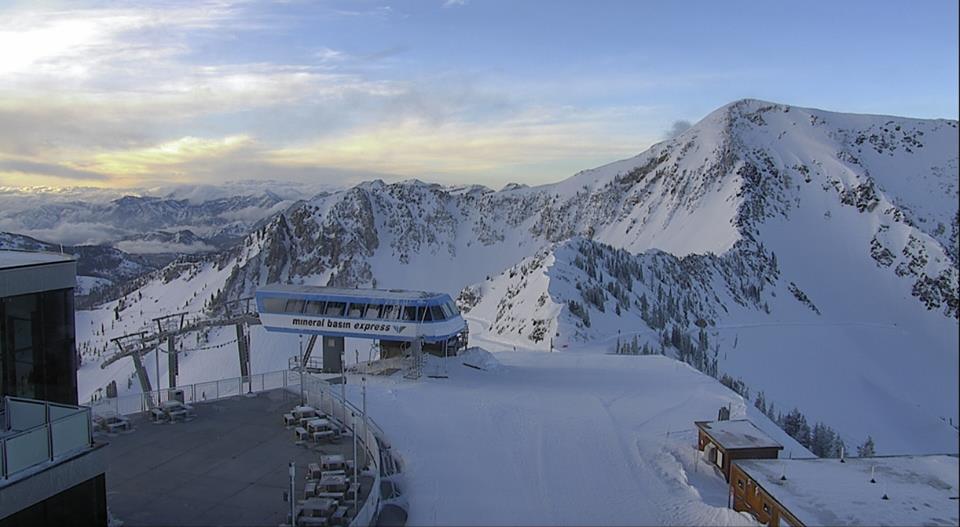Fun Facts about Park City
1. Park City was nearly a ghost town when a group of Park City miners pitched the idea of a ski resort, as a last ditch effort to save the town. The base of operations would be on the 10,000 acres of land the miners owned. “Treasure Mountain (now Park City resort), was born and thus the beginning of Park City’s rise to ultimately becoming one of the greatest ski destinations in the U.S.
2. At one time, the Ontario Mine was widely considered to be the greatest mine in the world after a large vein of silver ore was found and it consistently had the highest yields.
3. In 1860 a new Pony Express route passed through the area in front of the old stone house along what is now I-80. Soon after that the Kimball Brothers started a stage coach route which operated between Park City and Salt Lake City. That is how Kimball Junction came to be.
4. The iconic McPolin Barn (the White Barn) on 224 was erected in 1908 from recycled timber salvaged from an old tailings mill. The barn was built by fitting the timbers together without the use of nails. The McPolin Barn
5. Deer Valley was one of the first ski resorts to provide the high level of service which is considered “standard” at today’s resorts; tissues in the lift line, referring to customers as “guests”, free parking lot shuttles, state-licensed day care facilities, ski valet service, uniforming all the employees and providing ski storage.
6. The Olympic Park ski jump was jumped last fall by motorcycle: Professional motorcycle stunt rider, Robbie Maddison, jumped his bike off the K-120 ski jump after riding it down the bobsled run. Watch this cool video here:
7. Deer Valley limits the number of lift tickets they issue on crowded ski days. Their lines will be shorter than the other resorts at those peak times (Christmas week and President’s week, typically).
8. If Park City were its own country they would have placed in the Top 10 on the medals list at the last winter Olympic Games in Sochi. Of the 28 U.S. medals earned in Sochi, 14 came from the Park City area.
9. Park City is the only ski resort in the U.S. with ski in ski out distillery service! That’s right, ski over to High West Distillery and sample some food and drinks at this “Made in Utah” beverage producer and then get yourself back to the lift.
10. Take the funicular up to the St. Regis. Park in the lot at Snow Park in Deer Valley and walk to the drive up valet area. Enter the building and follow the signs for the funicular where you will have a great view of the mountains. The best time of day to do this is in the evening as the sun it setting. The view is incredible from the mountainside deck at the St. Regis (get off the funicular and turn to the right. The open area patio is just past the bar).
11. A Champagne Sabering Ceremony takes place at the St. Regis every evening in which a champagne bottle is sheared open at the neck with the swift slice of a saber. The ceremony takes place on the mountainside deck at 6:30 pm in the summer and 5:30 pm in the winter. The funicular ride, gorgeous ride and champagne are complimentary (if you are not a guest of St. Regis, the champagne is $1.00!).
12. The Wasatch Back consists of Park City, Morgan, Heber and Midway, (on the east side of the mountains), while the Wasatch Front includes the cities which lie on the west side of the Wasatch Mountains; Provo, Ogden and Salt Lake City (and all the communities in between. Wasatch is a Ute Indian word meaning “mountain pass” or “low pass over high range”.
13. China Bridge, the parking garage on Swede Alley, is named for the bridge that existed so that Parkites could get from Rossie Hill Drive, the residential area of Park City, to Main Street without having to go through “Chinatown” the area where the Chinese workers lived (behind Main Street about a block up from the post office). Swede Alley was named after the Swedish immigrants who found work in the sawmills.





